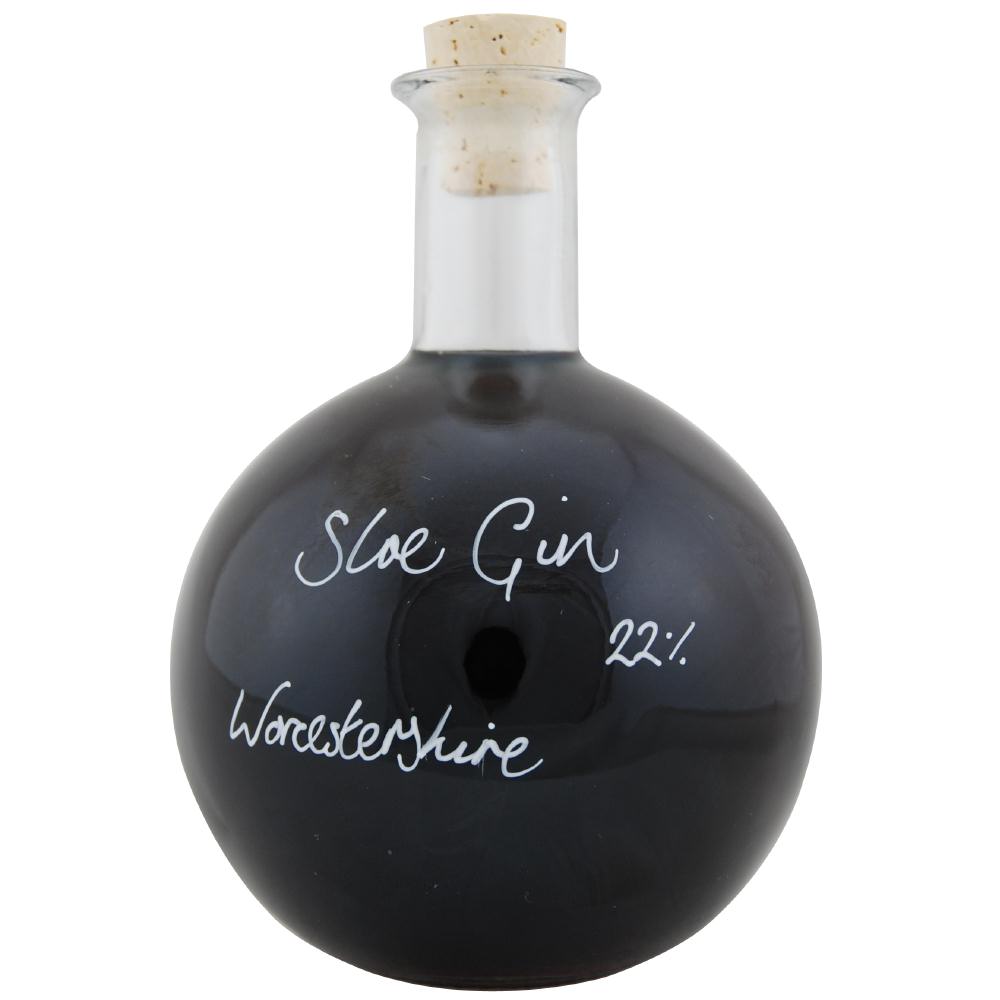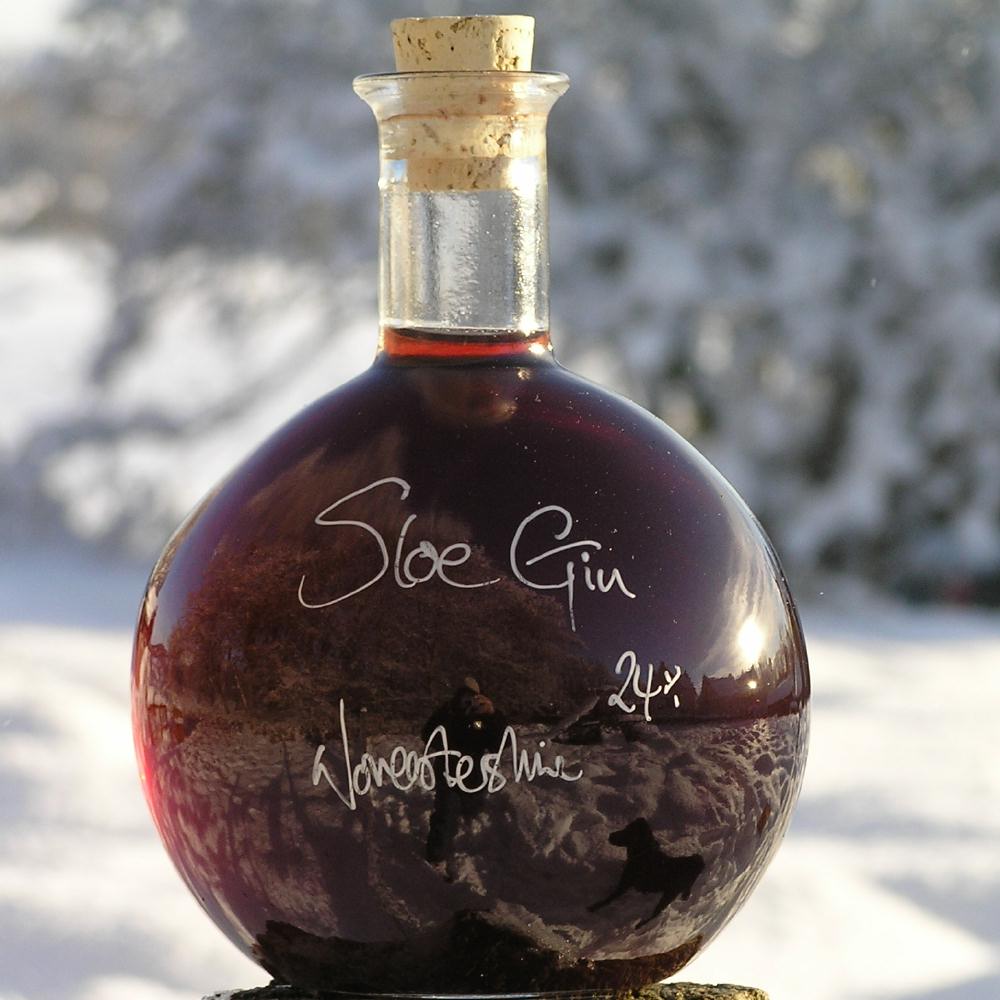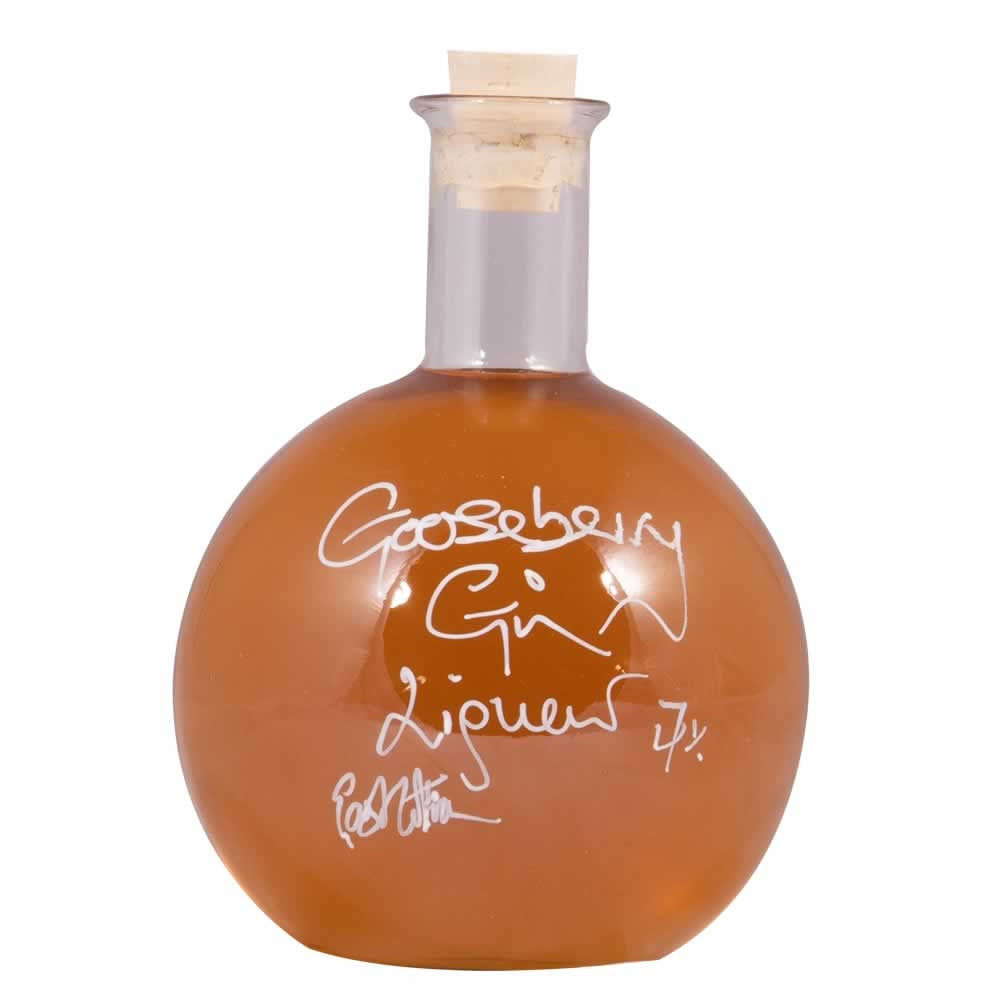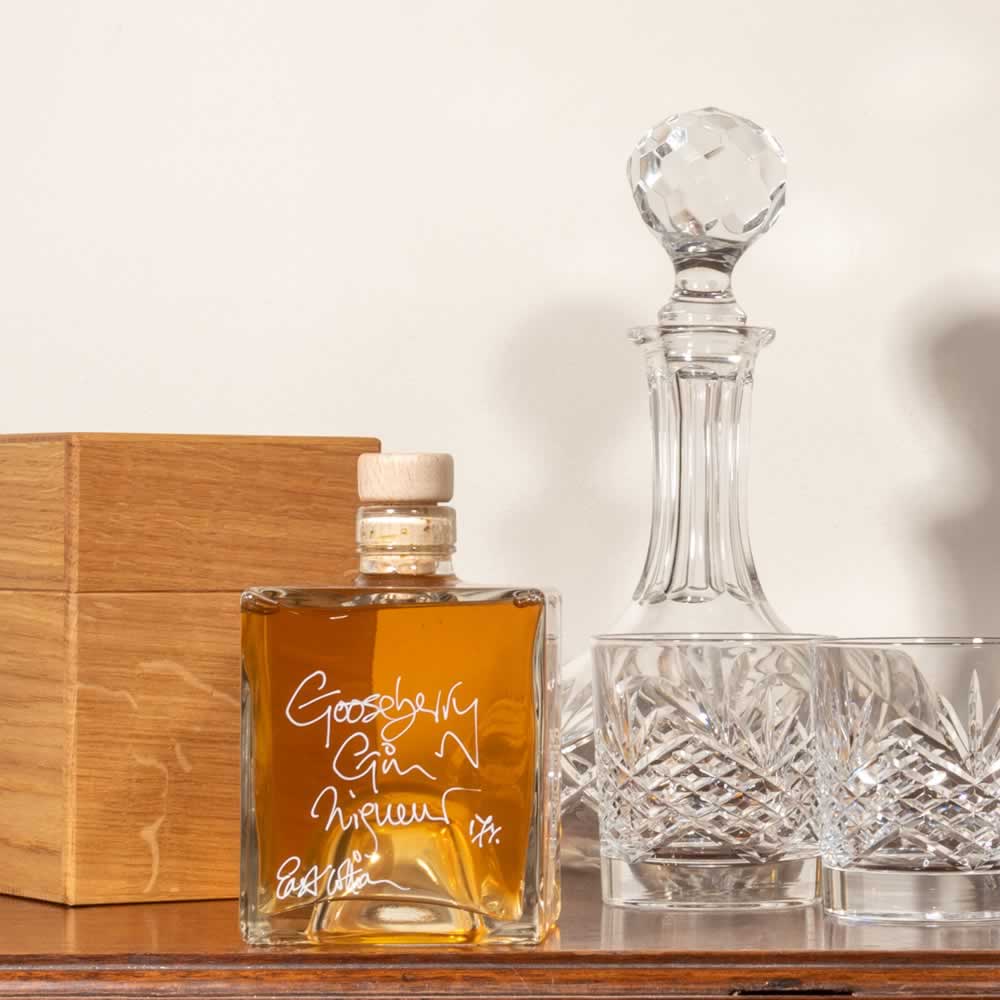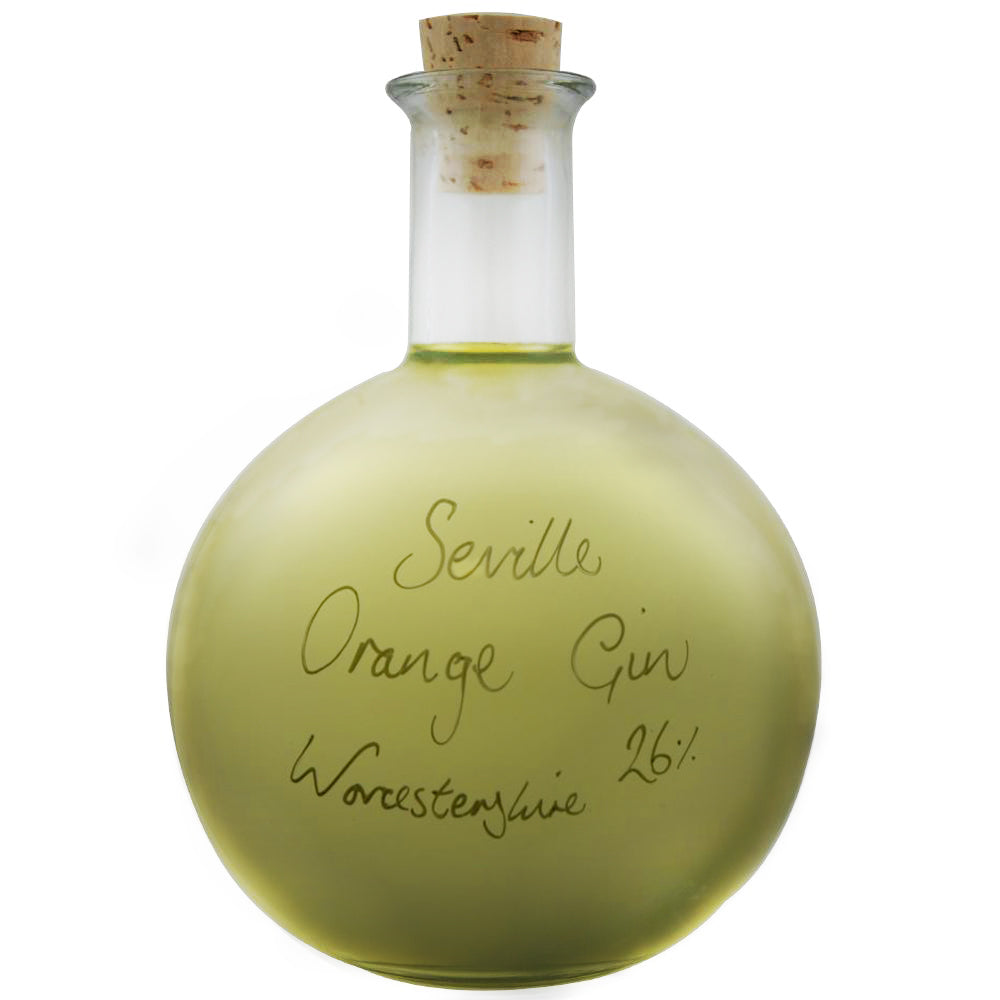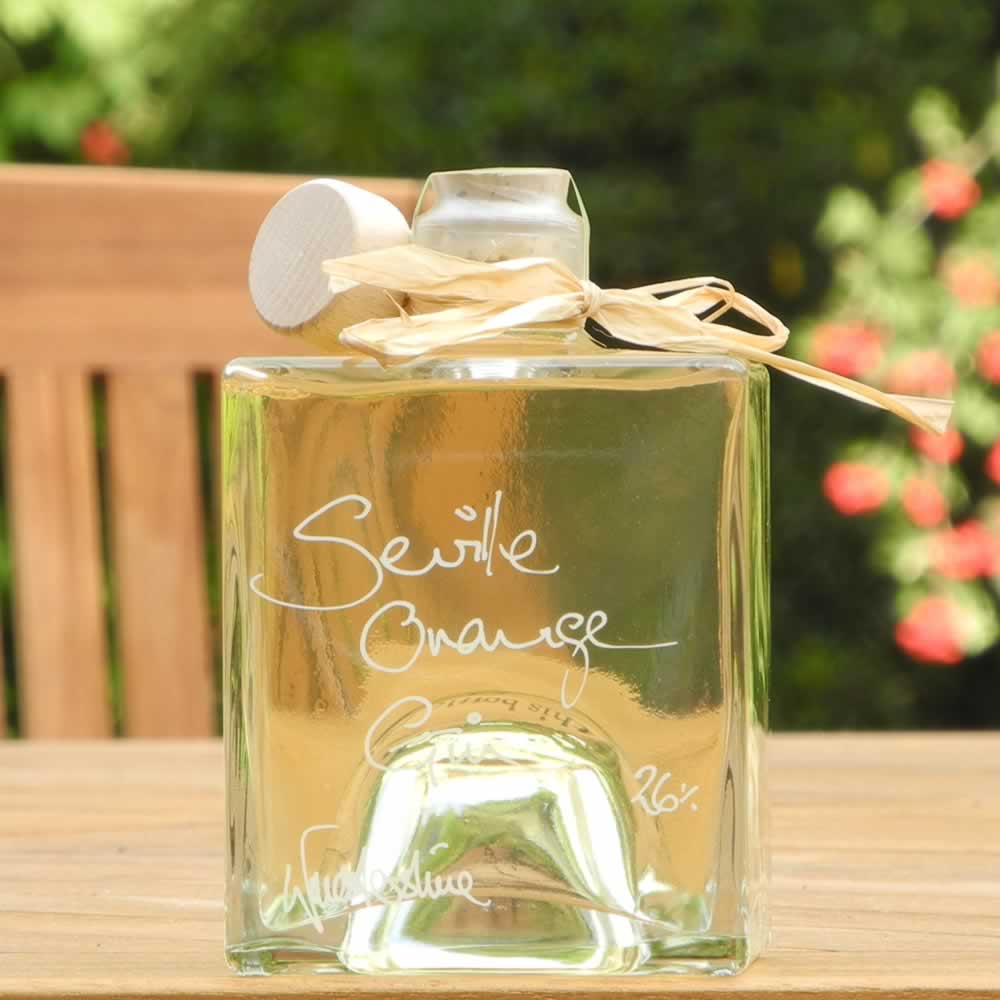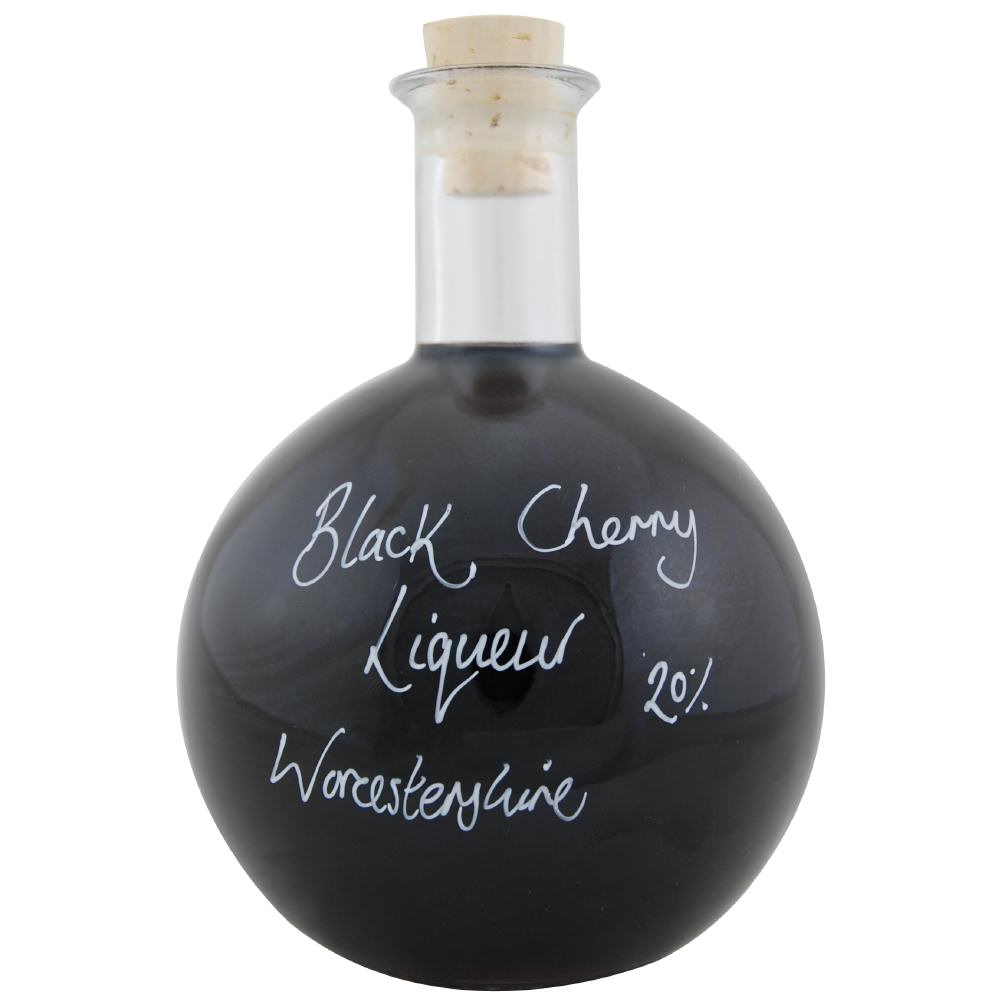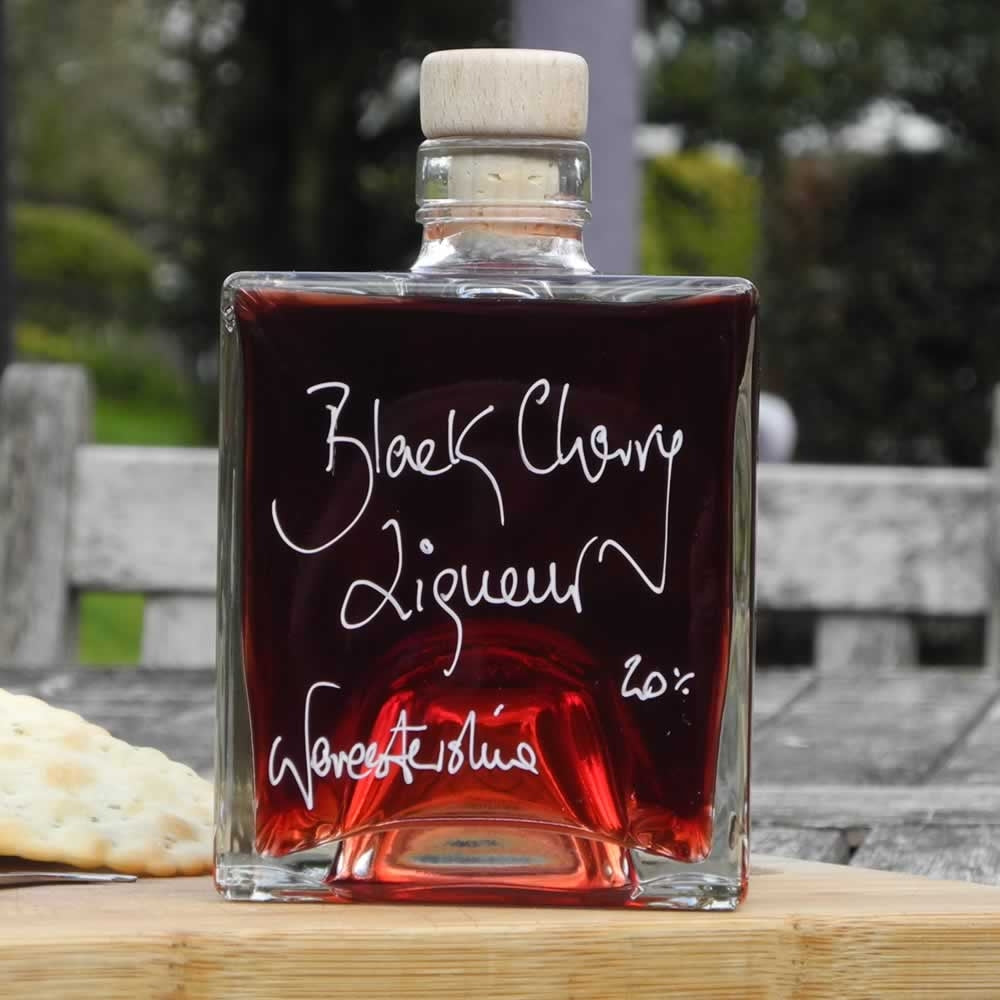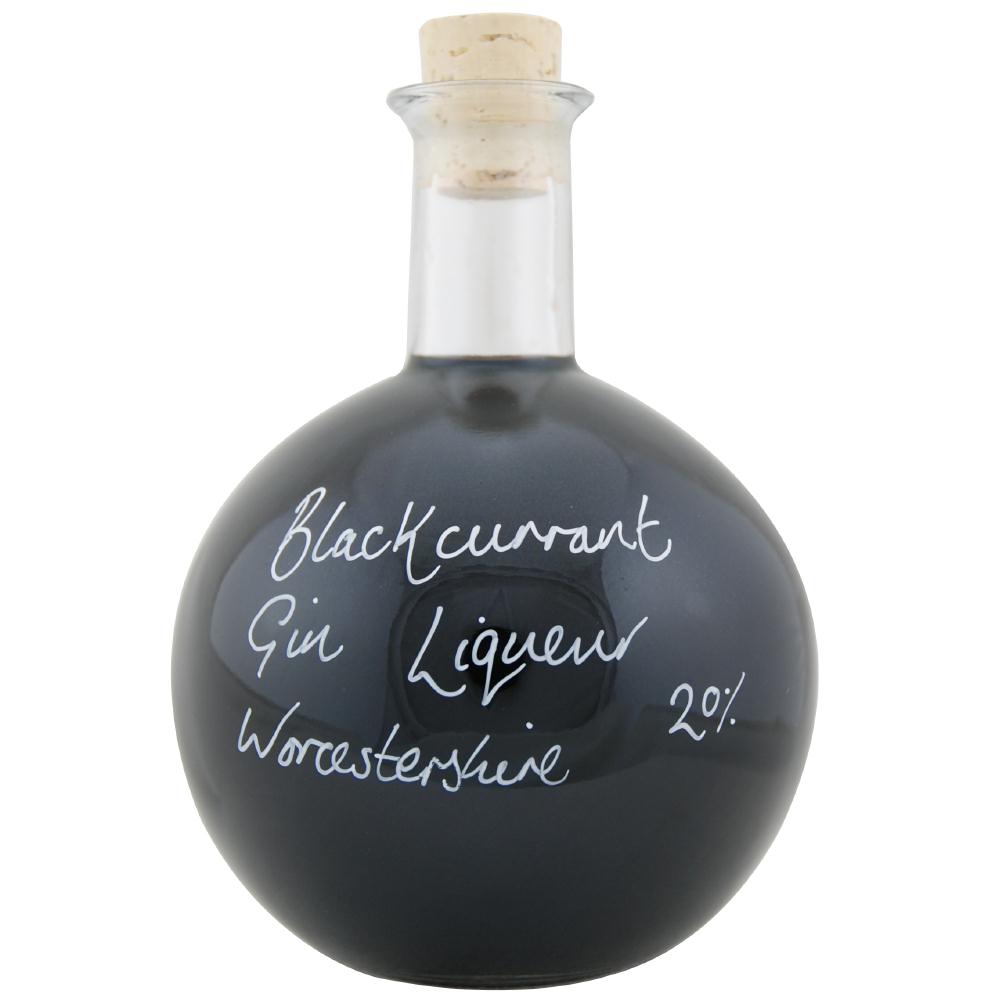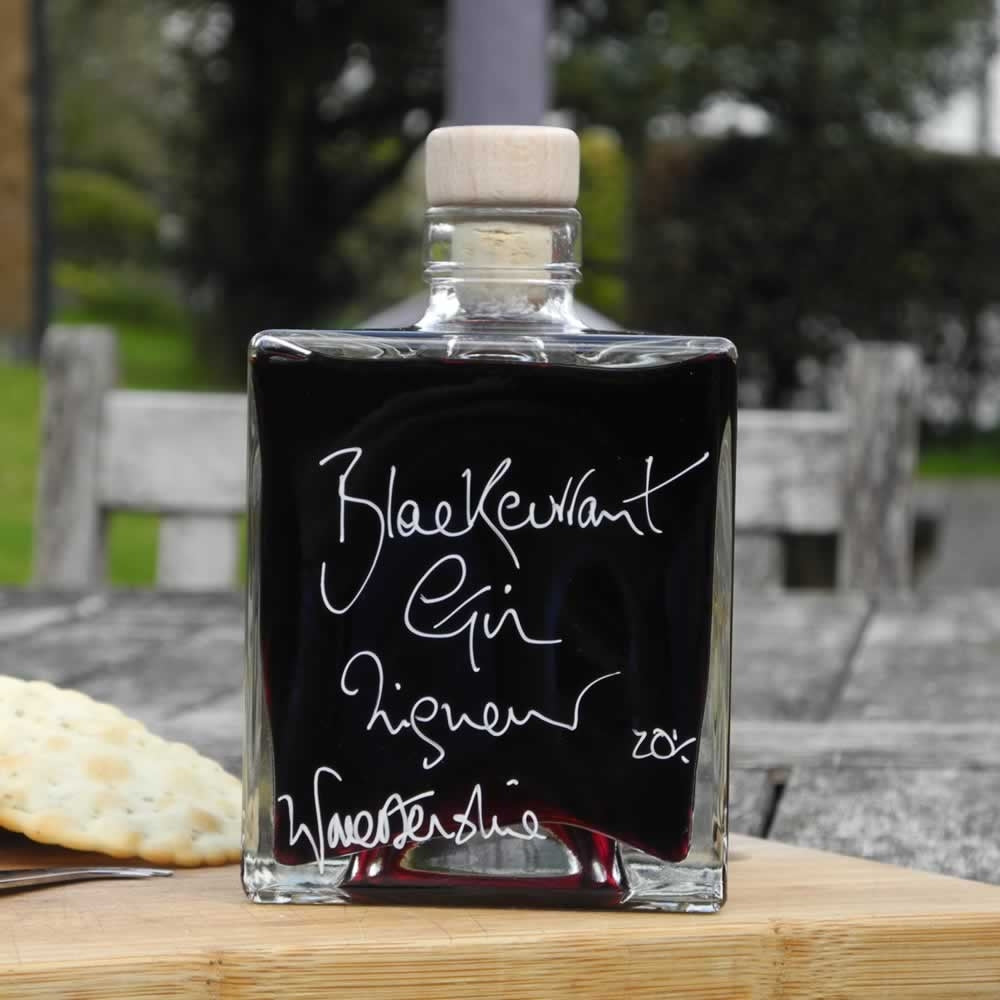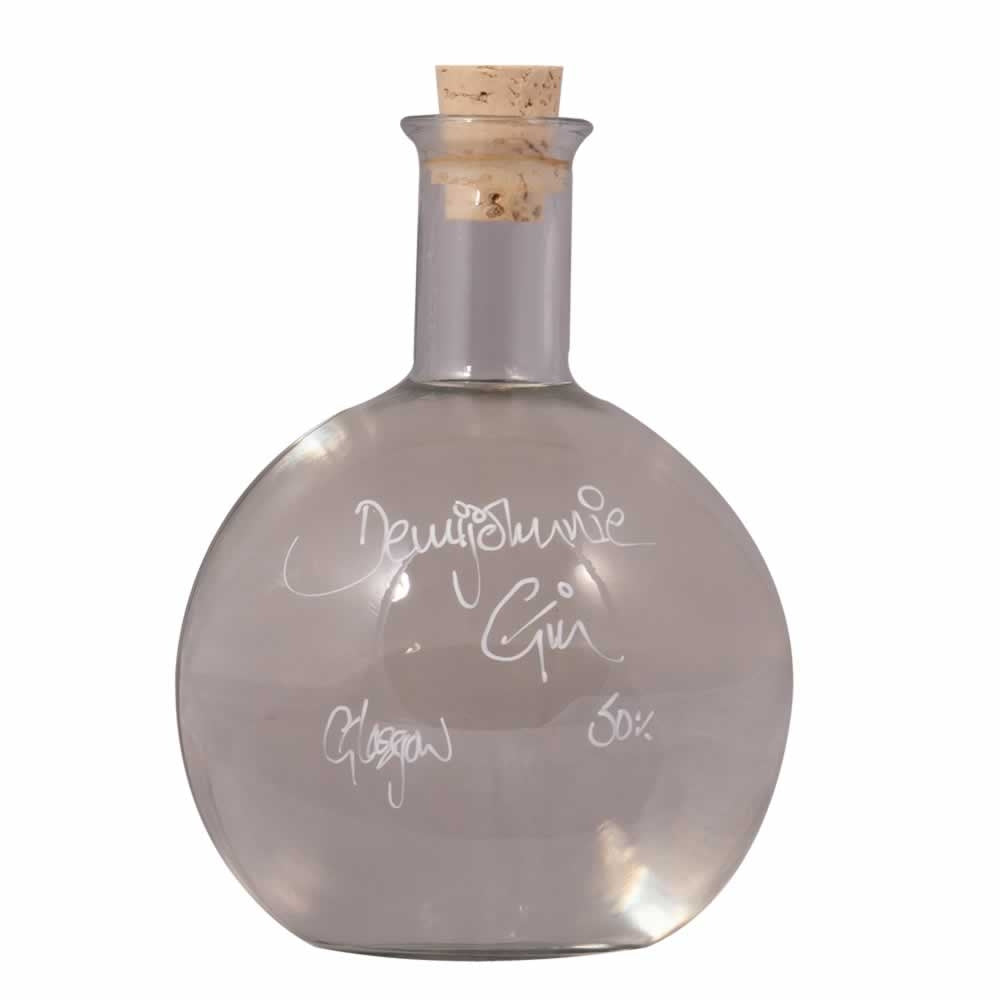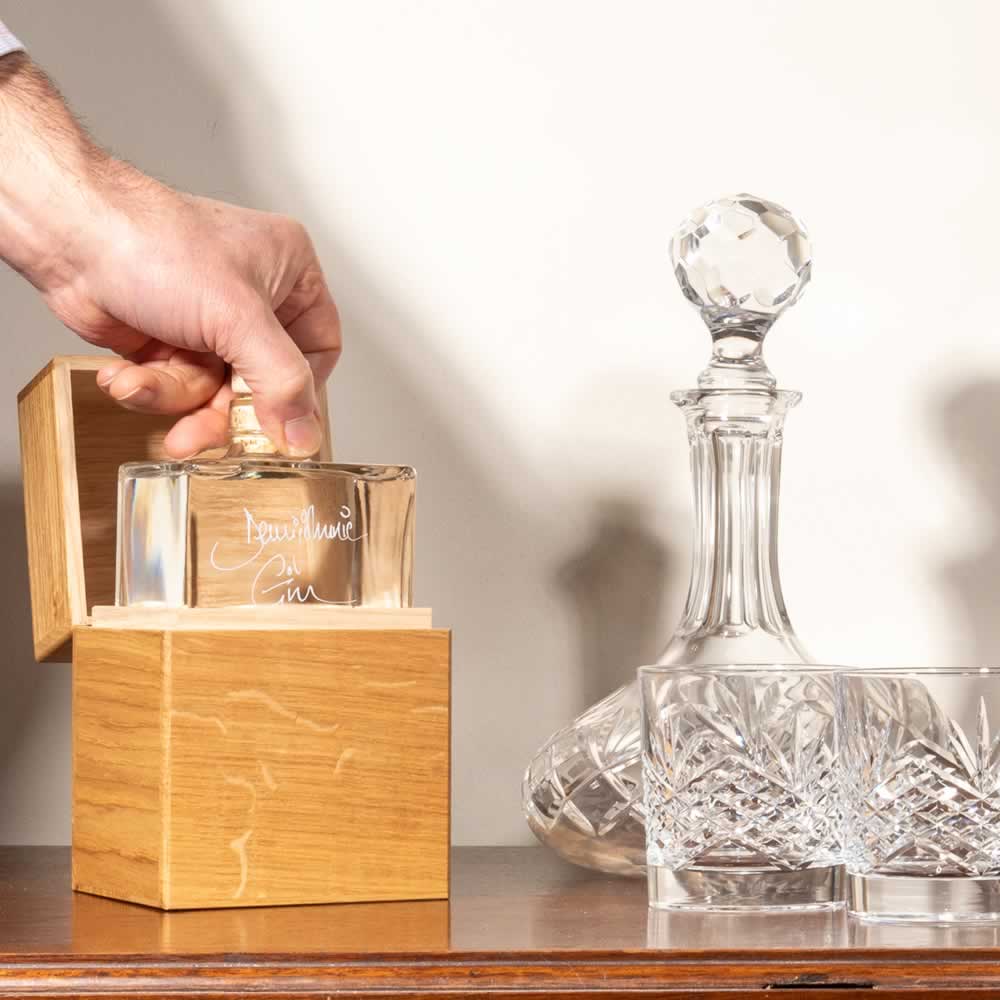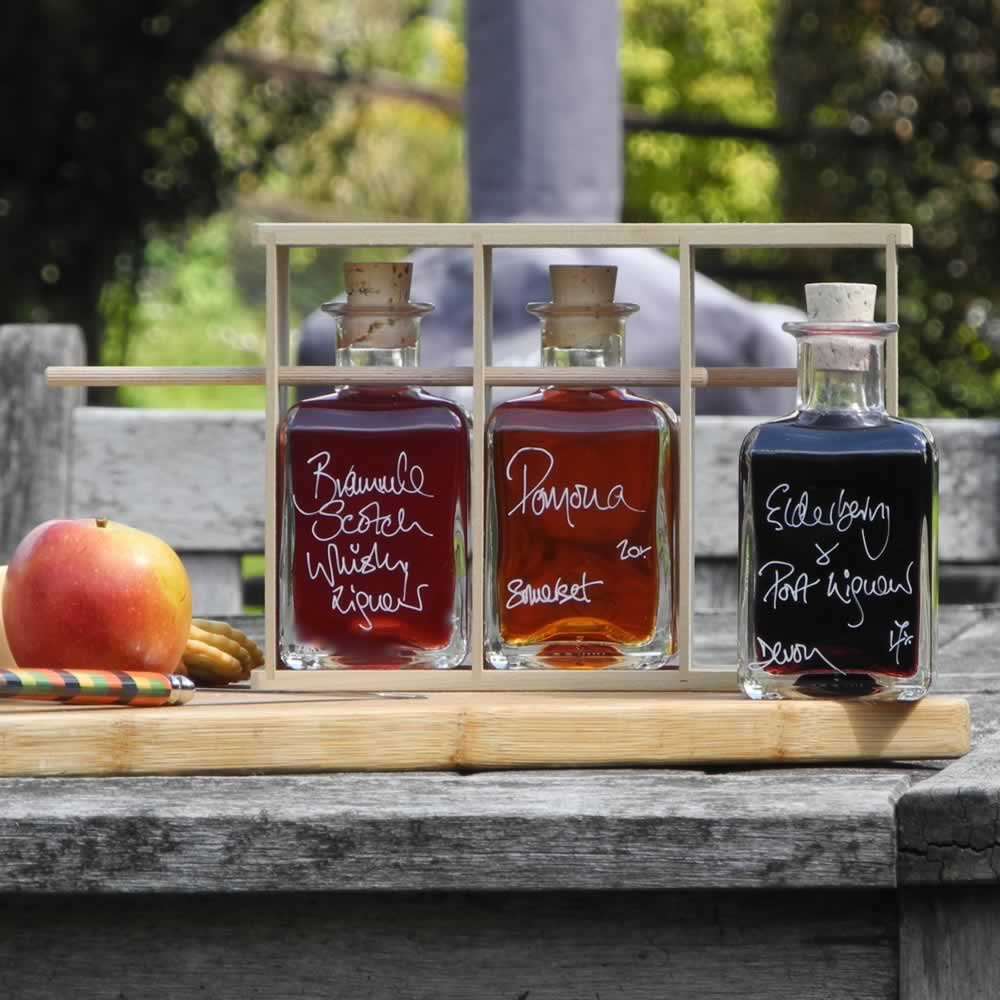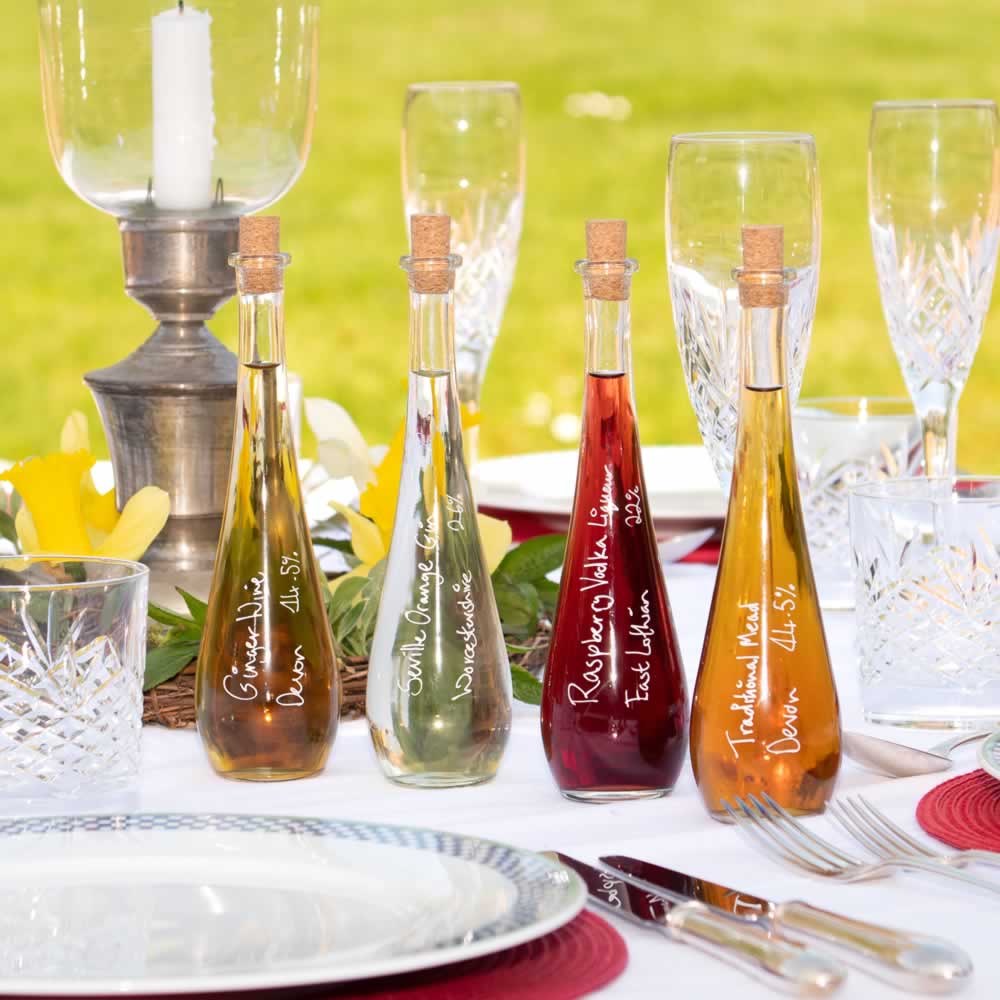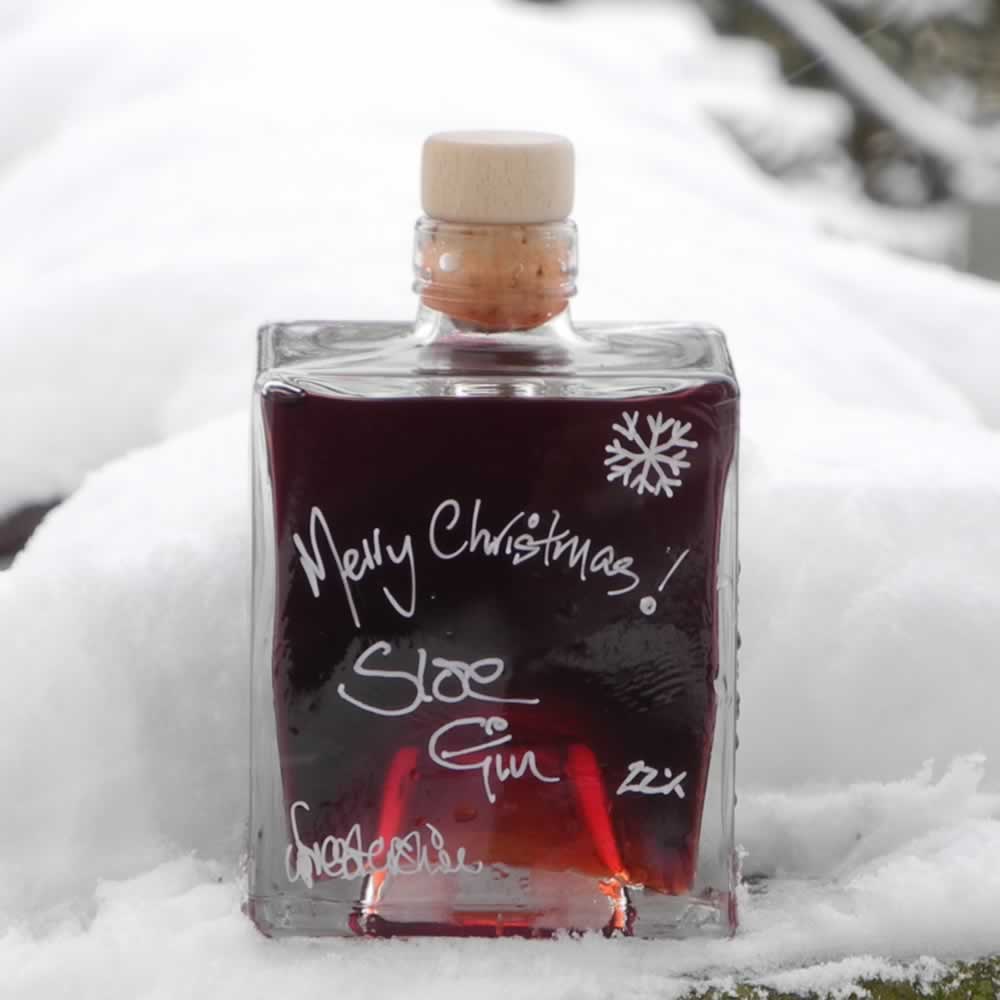Gin
Gin, Mother's Ruin, seems a particularly British Drink. While Vodka belongs to the Russians, Whisky to the Scots and Irish, Rum to the Carribean. Gin seems archetypally British. After all, much of it is called 'London Gin' and many of you will be familiar with William Hogarth's engraving 'Gin Lane' and it's infamous depicition of depraved 17th Century London. In fact it seems that Gin came from Holland originally as a wine based tonic flavoured with juniper and named 'Genever'.
Read more about GinGin, Mother's Ruin, seems a particularly British Drink. While Vodka belongs to the Russians, Whisky to the Scots and Irish, Rum to the Carribean. Gin seems archetypally British. After all, much of it is called 'London Gin' and many of you will be familiar with William Hogarth's engraving 'Gin Lane' and it's infamous depicition of depraved 17th Century London. In fact it seems that Gin came from Holland originally as a wine based tonic flavoured with juniper and named 'Genever'.
What is gin made from?
Today's Gin is, of course, a spirit, typically distilled from a fermented grain such as wheat, though barley is sometimes used and it is possible to use any fermentable base such as potatoes, grapes or sugar. The one constant in Gin, is juniper berry. Without the mildly piney flavour from juniper there is little to distinguish it from a flavoured vodka. The juniper can be added either during the first distillation, infused in the distilled spirit, or the spirit re-distilled a second time through the juniper. Other botanicals are also added and this is, of course, what makes each Gin so distinctive.

Botanicals used can vary enormously and are often chosen by boutique distilleries from the natural environment surrounding the distillery. Frequently used botanicals include coriander seed, orange and lemon peel for a citrus tang, angelica and orris root for an earthy flavour, also cardamom, liquorice, cinnamon and cassia bark to add spice. Boutique distilleries will frequently add more floral botanicals for distinctive additional flavours.

The different styles of Gin
As if to confuse us there are also types of Gin into which many individual varieties fit. London Gin does not need to be made in London but denotes a drier, totally unsweetened spirit while Plymouth Gin was a domain specific Gin type that had to be made in Plymouth and resulted from the number of distilleries that sprang up to supply the navy ration to which all Naval sailors were entitled. 'Navy Strength' has a minimum abv of 57% as opposed to the more usual 40%.
Bathtub Gin originally derived as a prejorative term dating from 1920's prohibition, during which mediocre spirit was mixed with flavours to disguise its poor quality often in small quantities which could be mixed in a “bathtub”. In more recent times Bathtub gin has been used as a term to describe spirits in which the botanicals have been infused rather than distilled with the spirit.
Old Tom is another description of American origin to describe a sweeter gin than dry London Gin.
Spirit Gins are typically about 40% abv and must be over 30% while anything under this is officially a gin liqueur and is generally infused with additional flavours and often a little sweeter to allow it to be drunk neat.
Fruit gin liqueurs are hugely popular using a variety and foraged and more cultivated fruits. From the familiarly traditional Sloe Gin, made from the fruit of the Blackthorn, Damson and Wild Bullace gins to more unusual Seville Orange and Gooseberry Gin Liqueurs the varieties are seemingly endless.

The ubiquitous Gin and Tonic with which we are all familiar, dates from the 19th Century heights of the British East India Company. The quinine content of Tonic Water, originally much stronger and more bitter, was known to both prevent and cure malaria. Thus the Officers of the British East India Company were directed to drink it. In a triumph of mixology the Officers of the Company discovered that the addition of Gin, sugar, ice and lemon or lime made their tonic far more palatable and so the Gin and Tonic was born. Over time tonic has had the quinine reduced and the sweetness increased since improved methods of malaria treatment have developed and now we have almost as wide a range and flavour of Tonic Waters as we do Gins.
Read less

